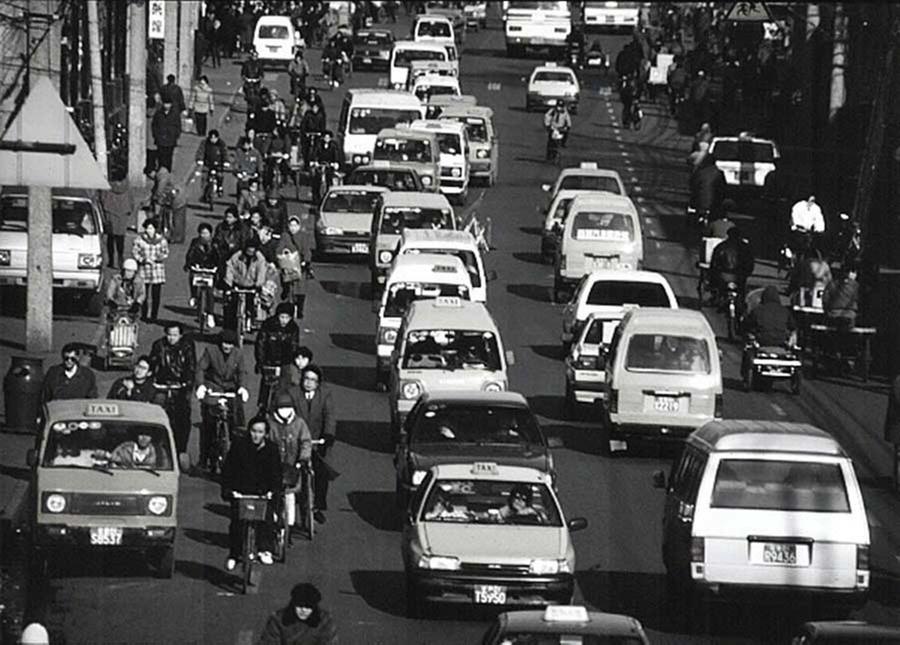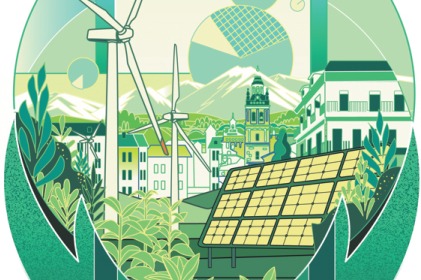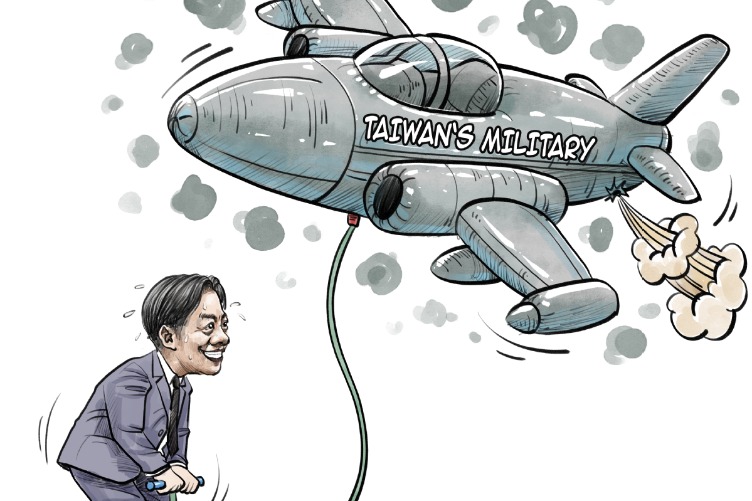A railway journey that led to a lifetime story

 |
| Beijing taxis. Photo taken in 1994. [Photo by Bruce Connolly/chinadaily.com.cn] |
The next morning I awoke in Datong, a centre for coal mining but for rail buffs it still produced some of the world's greatest steam locomotives. Following the Sangganhe River through northern Shaanxi and Hebei provinces this was a land of yellow earth with loess soil used in the construction of the Great Wall, watchtowers and even small walled towns and forts.
Beyond Zhangjiakou, crossing Guanting Reservoir and the Kangxi Grasslands, the train entered a tunnel to stop at Qinglongqiao (Green Dragon Bridge) Station. We had entered Badaling Pass. The Great Wall of China rose precipitously on either side of the tracks. The station opened in 1908, which includes the tomb and statue of Zhan Tianyou, known as the "Father of China's Railroad" due to his engineering work, for this was the first railway in China built without foreign assistance. Beyond Zhan's highly acclaimed 'zig-zag' section, the line descended towards Juyongguancun with stunning views of the Great Wall until emerging from the Pass at Nankou, arriving two hours later at a Beijing very different from today. However, many of my preconceptions were not quite accurate. For instance, outside Beijing Railway Station were large adverts for video cameras and modern household appliances.
In the 1970's Beijing boasted the "quietest rush hour in the world" - possibly nine million bicycles silently cruised the city's streets. The year 1987 was at the end of the bicycle era. Many people still cycled but not in the numbers I had imagined. Cars and imported taxis ran alongside the iconic yellow 'mianbao' (or bread van) mini-buses. Diesel trucks were common while buses were often electric-powered although quite basic in comfort. The metro had just two lines. Main roads, such as Chang'an were wide, while Erhuan (Second Ring Road) following the former Ming City Walls was a pleasure to travel on! Urban Beijing effectively stopping beyond what is today's Sanhuan (Third Ring Road).
































